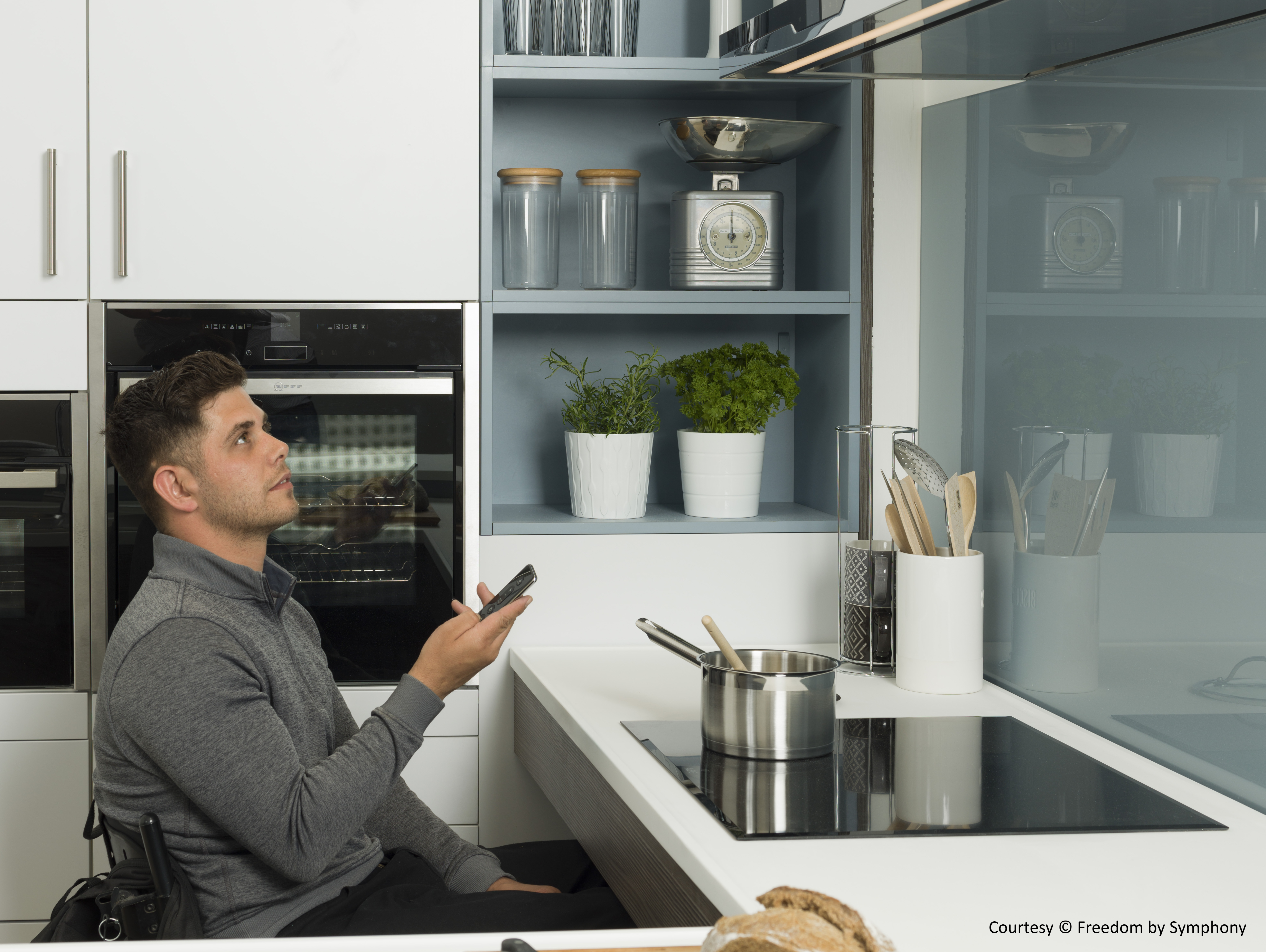Designers & Developers
As an architect working on private houses across the UK it’s easy to assume that the Building Regulations will ensure full accessibility in my designs. Working with Guy has been invaluable in understanding that accessibility goes far beyond minimum-sized turning spaces in bathrooms and kitchen and, with a bit of imagination, helps to create homes that are easier and more enjoyable for all of us to use.
Sam Foster, Sam Foster Architects
Guy’s approach to designing living spaces for everyone brought home just how relevant and important accessibility as a design concept is for us - individually, as a community and to meet our sustainability ambitions. It was extremely valuable to benefit from his experience and knowledge at the beginning of our community development journey.
Jeremy Dent, New Forest Cohousing

Sign Up To Our Newsletter
The AccessiblePRS Newsletter brings you opportunities and news in support of an accessible property strategy. Sign up with your email address to receive these updates. You can unsubscribe at anytime.
